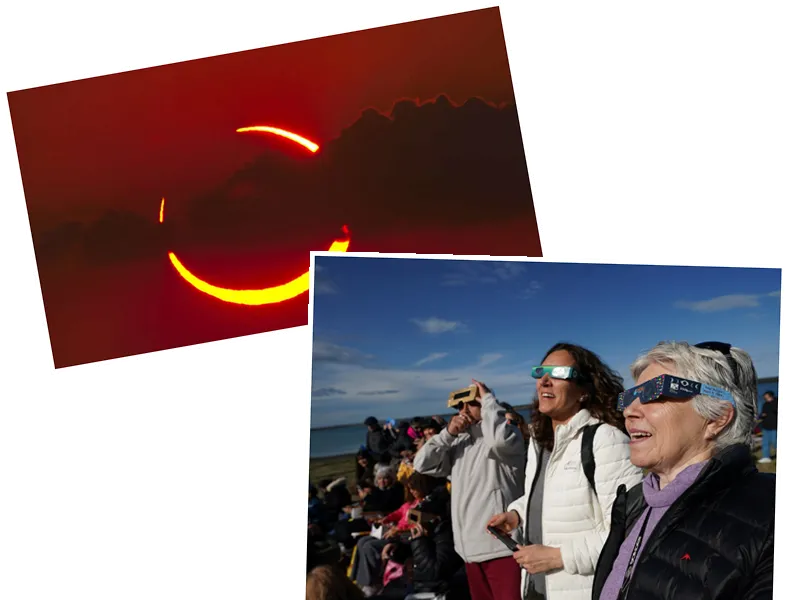September's Supermoon: A Celestial Event Not to Miss
On September 18th, the night sky will be graced by a spectacular supermoon, the closest full moon of the year, at just 357,286 kilometers from Earth. This phenomenon, while often discussed in astrological terms, has garnered significant attention in astronomy as well. The term 'supermoon' was first coined by astrologer Richard Nolle in 1979 to describe a full moon that is particularly close to our planet. This year's supermoon will appear approximately 7% larger and 15% brighter than a typical full moon, making it a sight to behold for both casual observers and avid astronomers alike.
A Partial Lunar Eclipse: Cosmic Alignment
Coinciding with the supermoon, a partial lunar eclipse will take place on the same night, adding an extra layer of intrigue to the celestial display. The eclipse will not result in the moon turning red, as seen in total eclipses, but will instead cast a shadow that subtly alters its appearance. The maximum point of the eclipse will occur at 11:34 p.m. Argentine time, with the full moon reaching its peak at 4:34 a.m. UTC. This dual event is significant in astrology, particularly since it occurs in the sensitive sign of Pisces, which is believed to heighten emotional responses and spiritual awareness.
Navigating the Eclipse Season: Astrological Insights
Astrologer Astrid Uez emphasizes the importance of this supermoon and lunar eclipse, suggesting that these cosmic events can lead to profound emotional shifts and changes in life direction. Eclipses are seen as powerful moments that can unveil truths and catalyze significant life events, such as new opportunities or shifts in relationships. Uez provides ten recommendations for navigating this eclipse season, including remaining open to change, controlling emotions, and taking time to reflect before making major decisions. As the effects of this supermoon and eclipse last for approximately six months, individuals are encouraged to stay mindful of their emotional well-being during this period.






